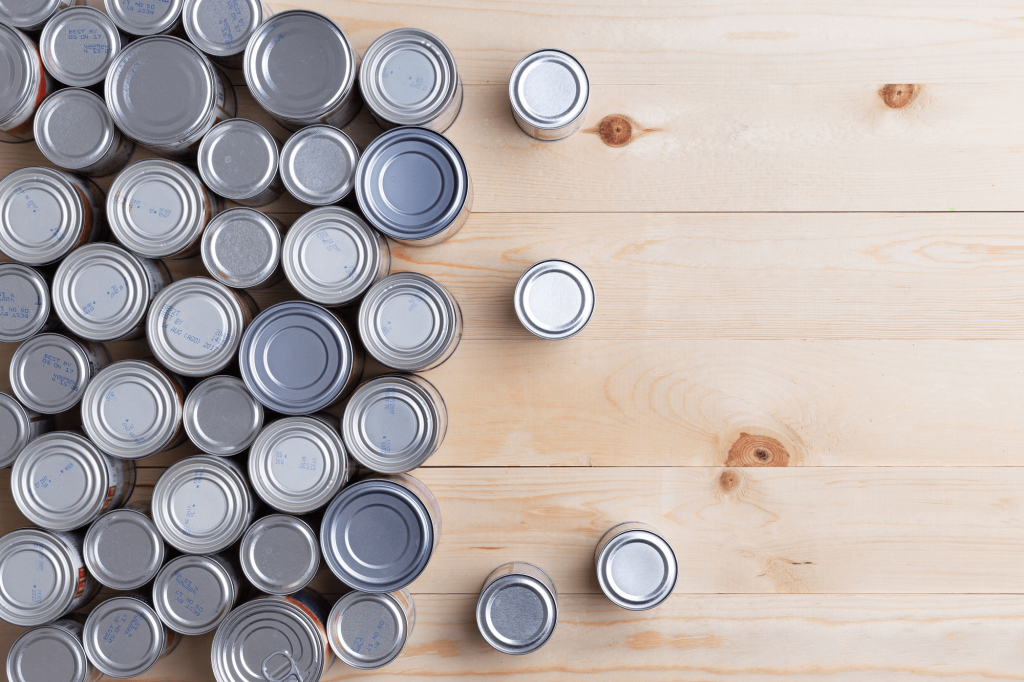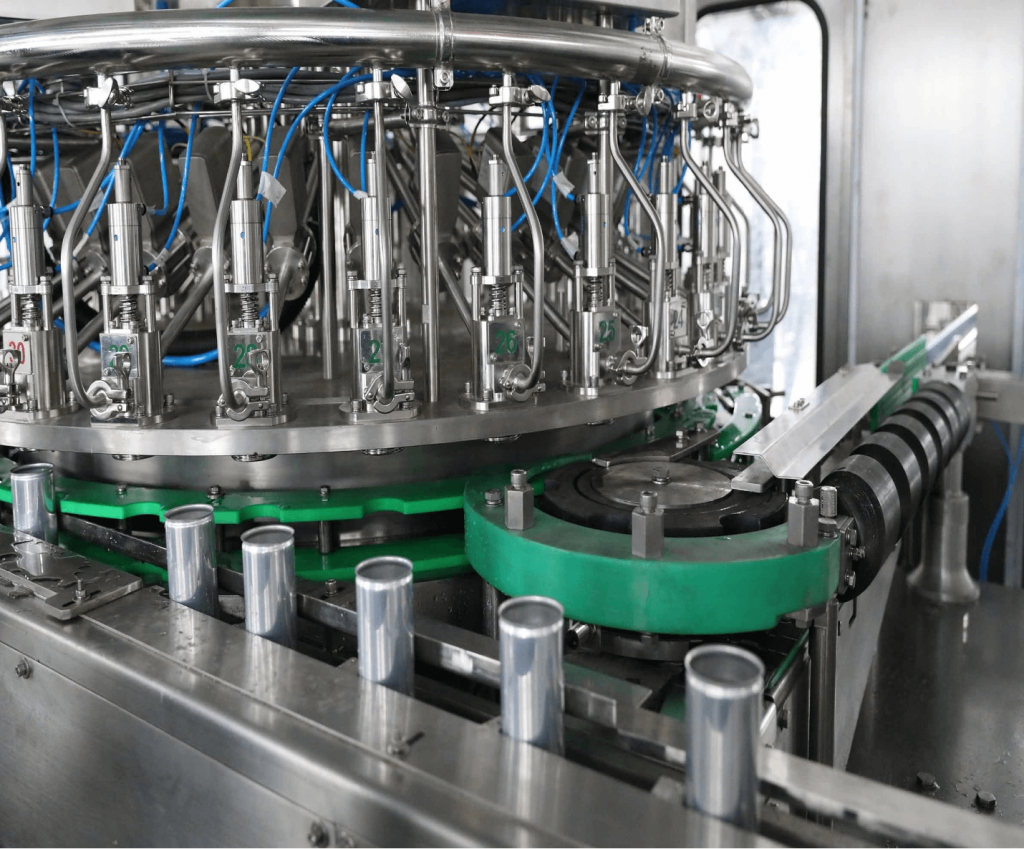カスタムブリキの箱の卸売:重要な技術機器と方法
カスタムブリキ箱卸売:品質保証に使用される技術
長年にわたり、カスタムブリキ箱卸売メーカーが人気を博しています。 ブリキの包装はいくつかの産業の不可欠な部分になり、食品はそれらの上にあります。 毎日、何百万ものブリキ缶が市場に参入しています。
To ensure the quality of these cans, there are several inspection standards intact. However, it seems that despite the extensive efforts of plant quality control systems, there is still a small percentage of cans that are defective.
These cans tend to have an adverse impact on the integrity of tin packaging. In addition, they sometimes end up contaminating the food products which is extremely dangerous for human health. Therefore, manufacturers should incorporate quality control operations within their manufacturing plants.
However, it seems that the inbuilt quality control operations have limited capabilities in terms of analytical chemistry. To ensure the quality of the cans, the companies either rely on independent laboratories or the manufacturer’s laboratory.
これらの研究所は、缶の問題を見つけて特徴づけるのに役立ちます。 さらに、操作のトラブルシューティングを行うことにより、根本原因の除去を支援します。 問題の特定に使用するテクノロジーにはさまざまな種類があります。
この記事では、これらのテクノロジーのいくつかに焦点を当てます。 それで、それ以上の遅れなしに、私たちはポイントにまっすぐに行きましょう!
ブリキの箱の欠陥の特定と特徴づけ
100年以上にわたり、食品包装業界は、食品の寿命を延ばすために錫メッキのスチール缶を使用してきました。 長年にわたり、ボックスの設計、材料、外部または内部の保護コーティング、化学プロセスの監視、製造装置、品質計装、および品質管理方法の面で大きな進歩がありました。
The quality and the integrity of the tin box depend upon their manufacturers. They need to ensure that cans or boxes are of high quality. Once, they are sure of the quality, the next step is to send them to the food industry for food storing purposes.
Despite the rigorous quality control procedures, something defective tin boxes end up in the market. They manufacturer learns about them via customer complaints. In this case, they use their internal and incoming quality controls to eliminate the respective problem in the next batch.
In worst cases, the manufacturer might have to shut down the production line in order to determine the cause of the defect. After all, determining the root of the problem would be highly important to the manufacturer.
Manufacturers do use a number of technologies to determine the defect in an effective and efficient manner.

Techniques and Technology
Major tin can manufacturer today produce several hundred thousand to several million cans every day. Therefore, any defect identified during the quality control procedure will have a major impact.
It means that all the cans produced in that particular batch are highly likely to have that particular defect. This is something the manufacturer cannot afford every now and then.
In most tin-plated and aluminum steel cans, the manufacturer applies an organic protective coating on the interior of the can. The purpose of the coating is to prevent the food from having direct contact with the tin.
Checking the metal exposure inside the can is among the major quality control tests. The manufacturer use Enamel Rater instrumentation to determine metal exposure. What happens is, you fill a sampling can with electrolyte.
The electrolyte than absorbs into the liquid and it comes in contact with the side or the bottom of the can. Then, you will apply voltage to the can. The voltage needs to be directly proportional to the amount of exposed metal.
In case the amount of exposed metal is great, the can is rejected. However, an extremely small amount of exposed metal is acceptable. There are gas bubbles that are due to the reversing system’s polarity. The electrochemical reactions cause these bubbles.
The inspector uses these bubbles to identify the exposed area. In case, the area is great, the troubleshooting process starts effectively.
Low Power Microscope Inspection
Manufacturers of custom tin box wholesale use both the visual examination of the cans along with a low-power microscope to identify the metal exposure defects. Generally, the manufacturer uses a stereo microscope.
However, there are other types of microscopes available as well. Fisheyes and craters are among the usual defects that manufacturers need to determine. They are the circular dewetting of the coating on the metal. The coating is generally from a solid contaminant. In some cases, it is even the incompatible liquid including machine oil mist.
Sometimes the exposed metal is due to coating’s broken blisters. These occur when the can is in curing oven for coating. The exposure of metal to the product leads to two main problems, first metal corrosion and second migration of metal into the product.
The metal corrosion eventually results in leaking of the product. Something, all manufacturer’s needs to avoid at all cost. In most cases, the manufacturer lacks the required analytical instrumentations for contaminant identification.
Therefore, they would have to send the sample to some other laboratory for further analysis.
Adhesion Test
Another common test that tin-box manufacturers conduct to check the adhesion characteristics of both the external as well as the internal coating. The normal adhesion test includes soaking the cans into hot water after cutting open the can’s sidewalls.
After removing the cans from the hot water, they are dried and scribing of the coating is done. Next, you have to apply tape over the scribe marks. Then, instantly pull that tap off. In case, some coating comes off with tape, the manufacturers instantly have to take the next step.
They need to start the troubleshooting process immediately. Coat adhesion failure is often the result of either under-cured or over-cured conditions. In addition, surface contaminants can also result in this problem.
For adhesion failure analysis, the manufacturer generally has to turn towards analytical laboratories.
Laboratory Instrumentations
Analytical laboratories are well-equipped with a number of instrumentations that they use for analyzing the custom tin box wholesale. Below, we have listed these instrumentations.
Optical Microscope
There are two different types of optical microscope, compound, and stereomicroscope. You can use both these microscopes depending on the defect observing filters and the lighting conditions. In certain cases, these microscopes are also used for performing microchemical tests.
These tests are effective when it comes to characterizing contaminants. In addition, you can use them for examining metal’s polished cross-sections and fractures.
Scanning Electron Microscope
Scanning Electron Microscope (SEM) is another popular device used for the inspection of custom tin box wholesale. They sometimes are used together with optical microscopes in order to determine the defects of the cans.
Usually, the laboratories use this particular method for inorganic material’s characterizing. In addition, it is possible to take images that are clear. Thus, making it easier to analyze the fractures of the cans.
Infrared Spectroscopy
Generally, people call Infrared Spectroscopy the Fourier Transform Infrared spectroscopy. The main purpose of these tools is to identify organic materials such as varnishes, inks, or oils. They also help in identifying cleaning chemical surfactants.
We often see these surfactants in manufacturing operations.

Importance of the Right Manufacturer
For custom tin box wholesale, it is vital for you to make the right decision in terms of tin-box manufacturer. Relying on an amateur would eventually lead to a bad brand name. You simply cannot go about choosing any random gift tin box supplier.
You need to pay heed to their quality control systems to ensure that they will deliver only the top-notch quality tin boxes. Among several tin-box manufacturers, you have Tin-Packing. They are the leading gift tin box supplier.
They would deliver the highest quality tin boxes. To assure their quality, they make their tin boxes undergo rigorous analyzing and testing techniques. They make sure that every tin box from there end is perfect and error-free.
After all, the objective of 錫包装 is to have a smooth and long-lasting relationship with their current and potential consumers.

